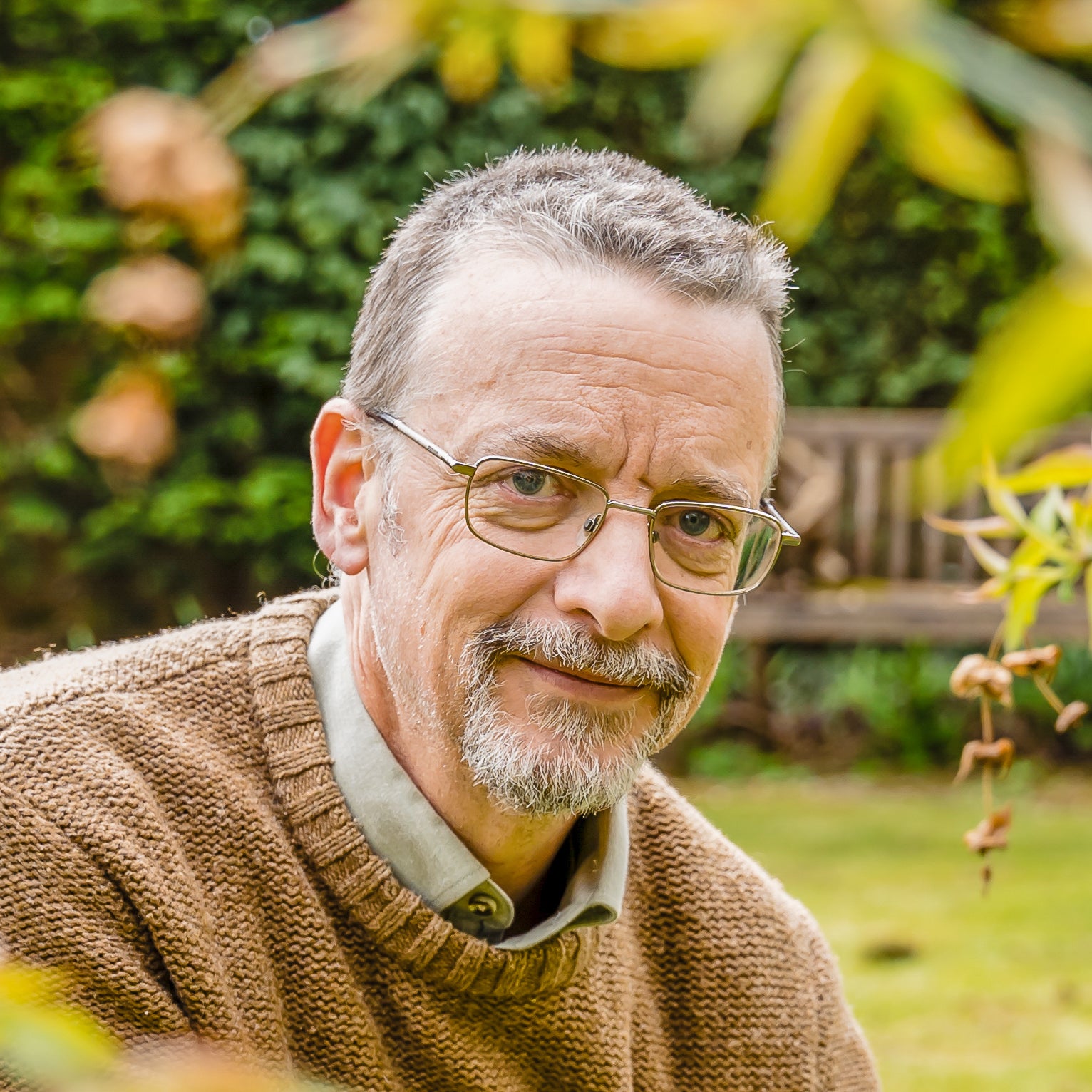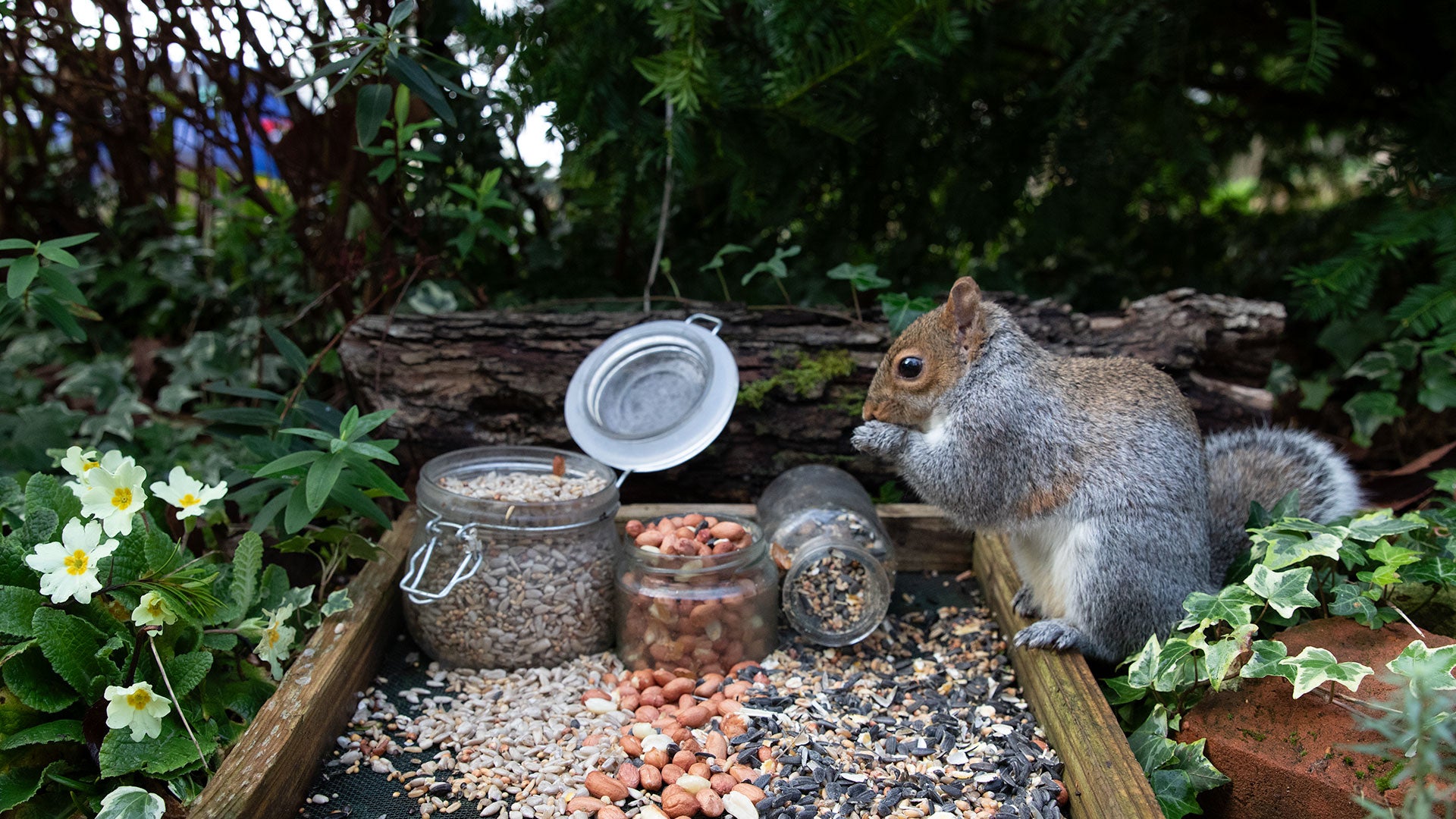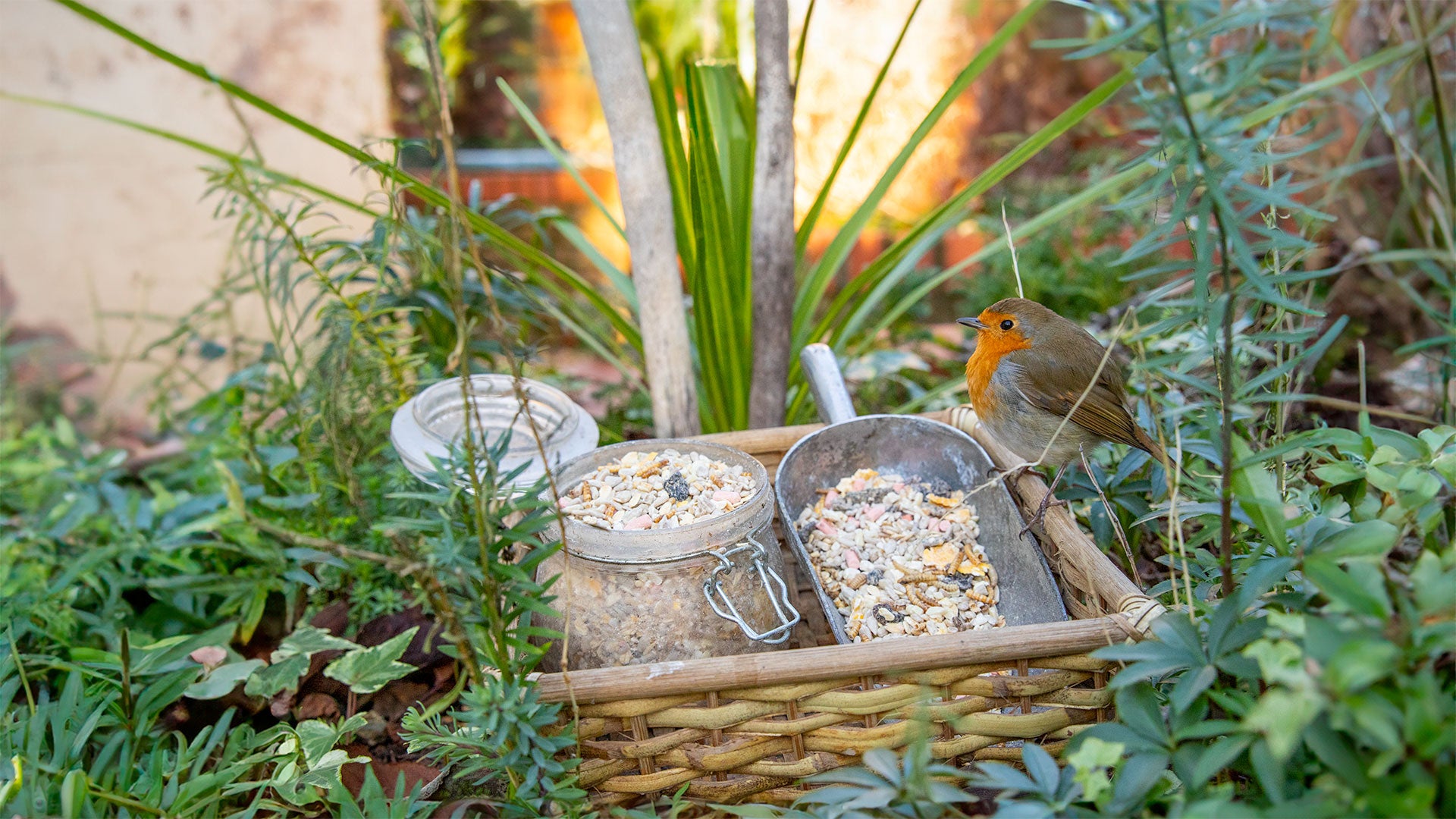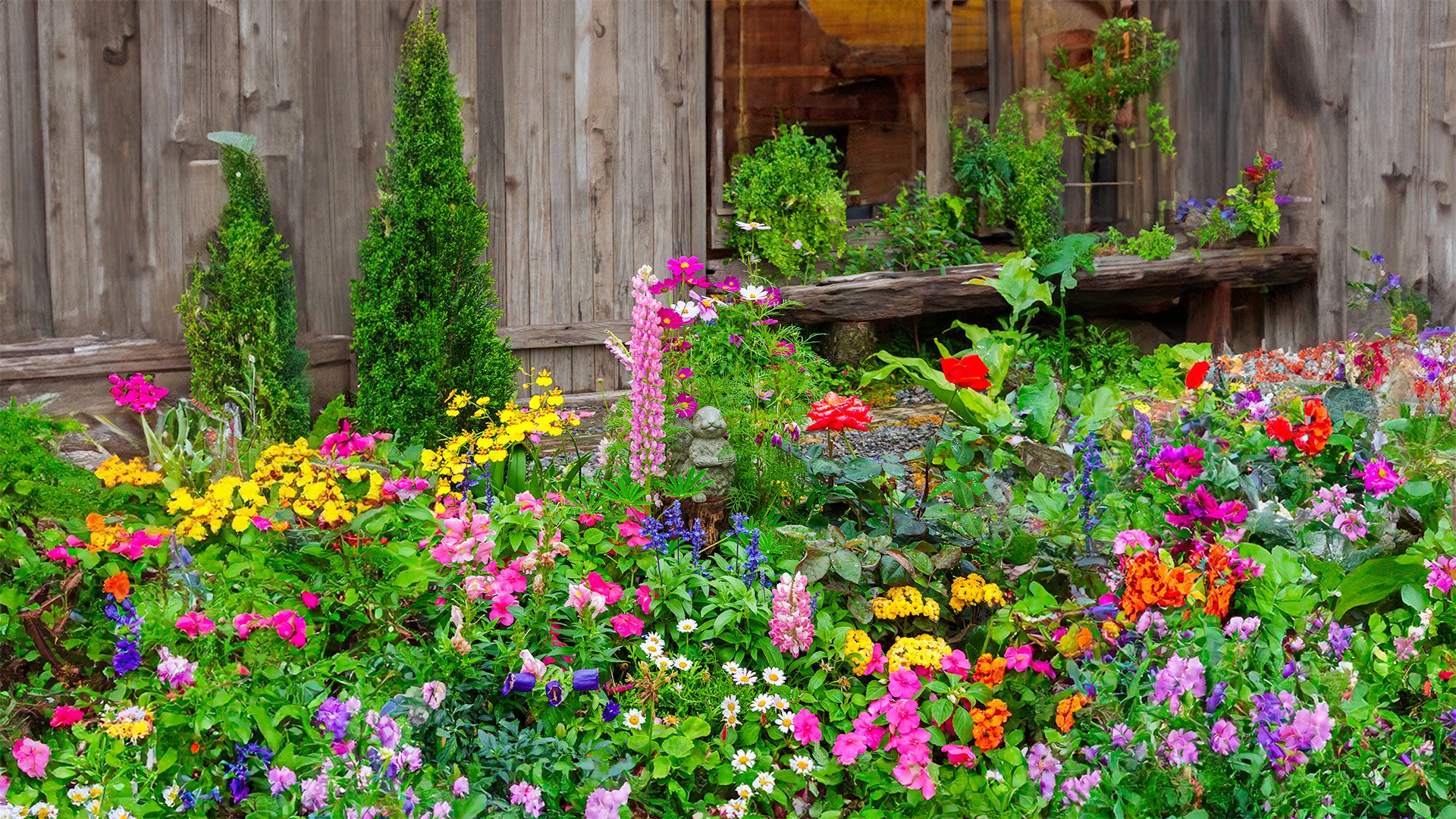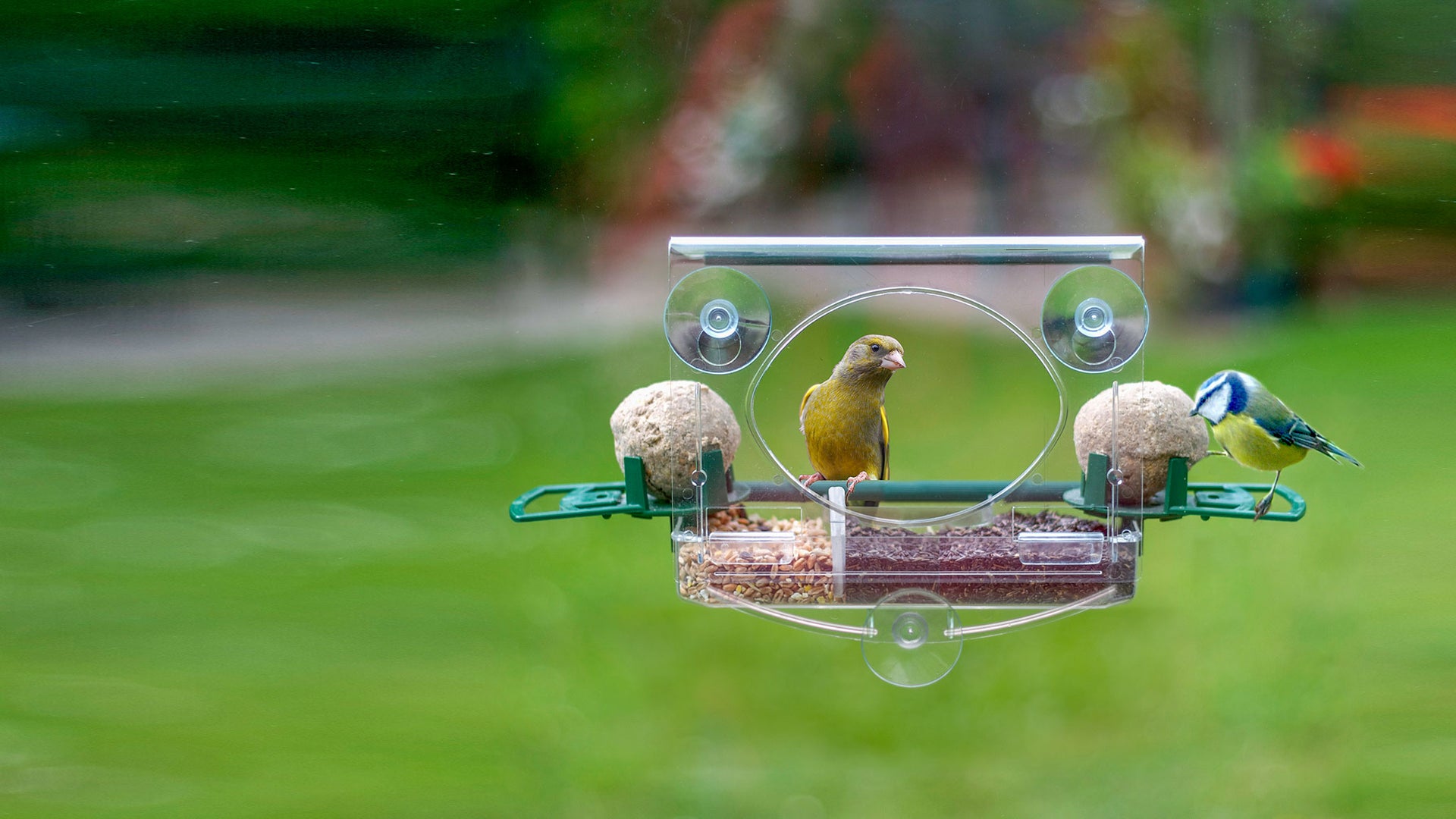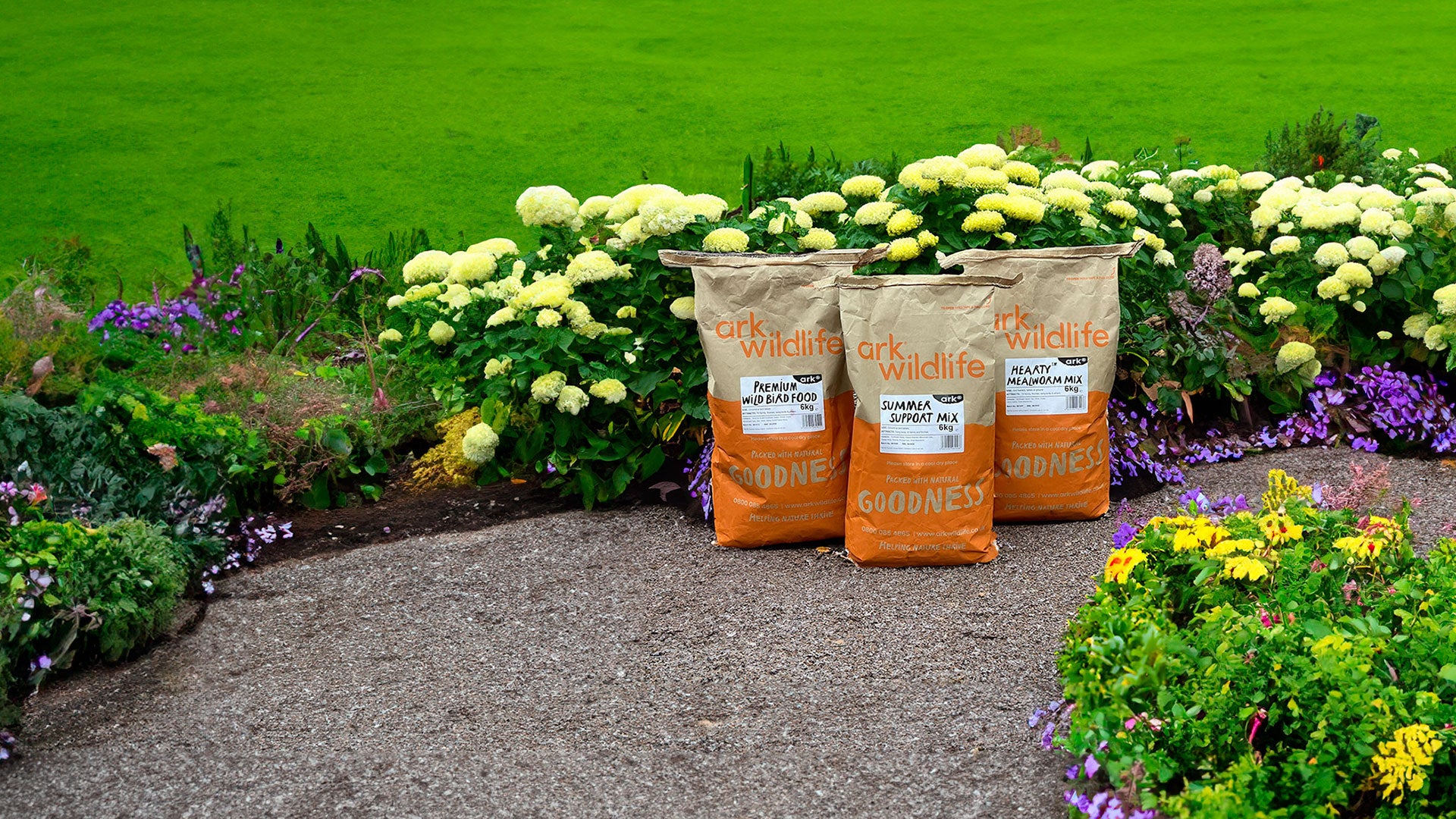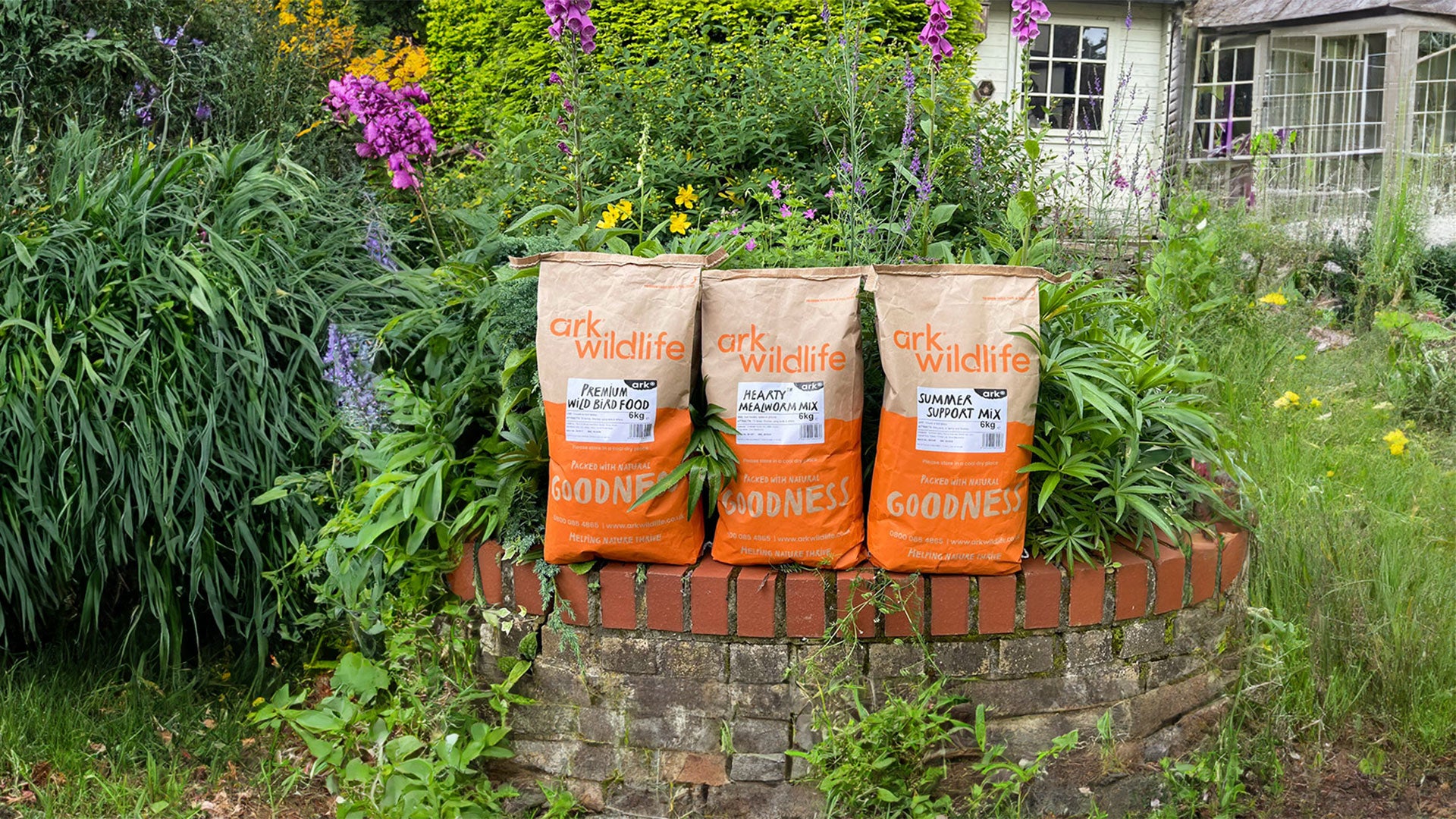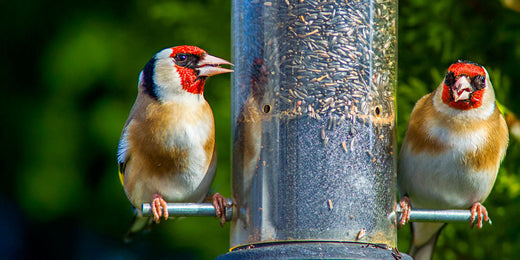We know that many insect species are the most social of all the animals present in our gardens. Co-operation is so fundamental to an ant colony or a bumblebee nest that the individuals can no longer live independently. These may be at the top of the social family tree, but there are many other common garden visitors who also co-operate to the benefit of the group. Even demonstrating altruistic behaviour you can witness yourself.
Small birds will harass a sparrowhawk risking themselves to try and free another bird from its grasp. Rats will forgo food to help each other when one is in danger or distress. Non breeding long tailed tits will help feed another pair’s young on the nest, even staying with them after they fledge. There are endless stories of animal co-operation in the most unexpected and surprising places. Co-operation and socialisation clearly provides benefits and this leads me to my story.
In one corner of my garden two six foot fence panels meet and it’s one of those ‘dead’ spots. It never gets any sun and it’s bone dry – nothing will grow. Early one winter morning after a particularly heavy snowfall I saw what looked like a black bin liner lying in the corner and went out to pick it up. As I got close, to my surprise it exploded in a flurry of wings, as blackbirds flew up and away in all directions. This was over a decade ago and ever since, following heavy snow or strong winter winds, I often see the blackbirds snuggled in the corner avoiding the worst of the weather and sharing body warmth.
After all this time I know these are not the same birds I first witnessed. In fact many of them are likely to have travelled hundreds if not thousands of miles from Scandinavia and beyond to reach my plot; as opposed to the nesting pair from the front garden! This means at least one blackbird must be using knowledge learned from it’s predecessors and sharing this with winter migrants and yearlings to the benefit of all. When the snow arrives, I will be careful not to disturb the snuggled blackbirds, leaving them to their peace and warmth.
This winter watch out for your own local co-operatives. They may be wagtails sharing a tree in the town centre. A murmuration of starlings, or crows sharing food and sleeping quarters. A mixed flock of finches visiting your feeders, or a cuddle of wrens sharing a nest box on a frosty night. Take a moment and reflect that all these birds are strangers to each other, happily working together, sharing food and body warmth for mutual benefit.


